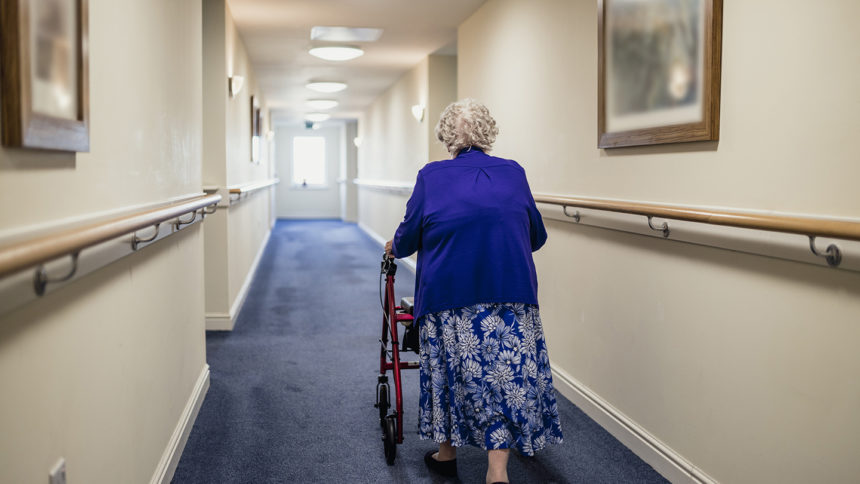
Long-term care, and skilled nursing in particular, needs updating to meet the needs of today’s and tomorrow’s older population, experts said Thursday at the Milken Institute’s 2022 Future of Health Summit.
“We can drive change, and nursing homes aren’t going away,” Bob Kramer, co-founder of National Investment Center for Seniors Housing & Care and founder of Nexus Insights, said during a session entitled “The Future of Senior Housing: Building for Health, Engagement, and Accessibility.”
The average age of nursing homes in the United States is 40 years, Kramer said.
Financing is a key component of nursing home innovation, according to Katie Smith Sloan, president and CEO of LeadingAge. The nursing home financing and regulatory structure currently in place is 42 years old and has not changed over time, she added.
“We know a lot more about care practices. We know a lot more about staffing nursing homes,” Sloan said. “You have technology now. The population of the nursing home has changed. It’s a lot more acute than it was then, and yet we’re saddled with this infrastructure that we have to try to work within.”
If the industry doesn’t innovate, she said, “more and more homes will close, and people will not have access to the services and support that they need.”
Although some say that the way that the United States finances and regulates skilled nursing facilities is ineffective and not sustainable, Kramer said that there is a “completely unused tool that could drive innovation and quality in nursing homes, and it’s basically [Housing and Urban Development] financing.” HUD debt financing is particularly geared toward small operators, he said, adding that it is especially beneficial in rural areas.
HUD financing, according to Kramer, can help small nursing homes invest in things such as broadband internet, data and analytics platforms and air purification systems. From those necessities, he added, nursing home owners then can look for incentives to add private rooms, create neighborhood models and “move to consistent or even better universal staffing.”
For additional coverage of the Milken Institute Future of Health Summit, see McKnight’s Senior Living.


